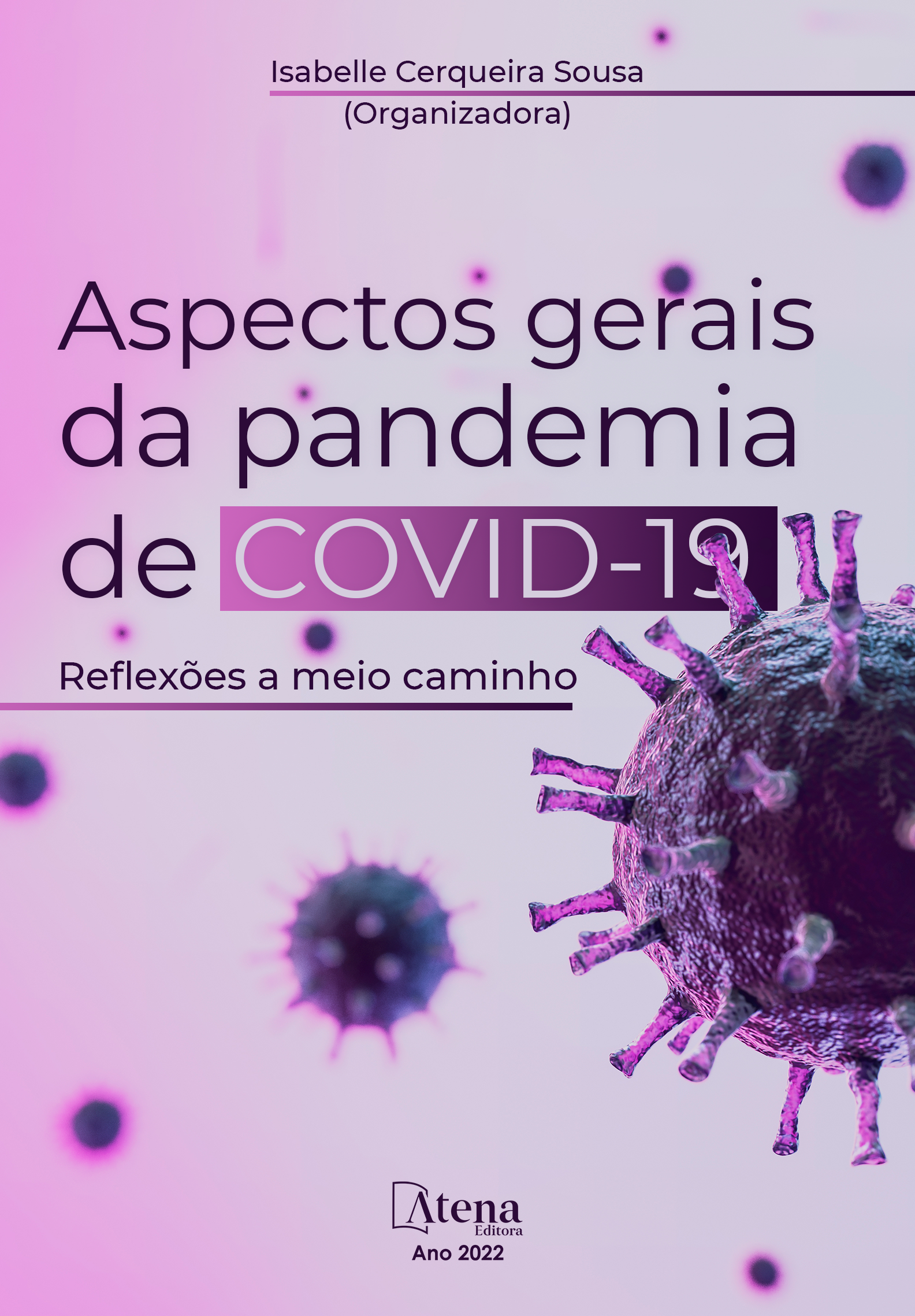
INVESTIGAÇÃO TEÓRICA/PRÁTICA DA EFICÁCIA E DURABILIDADE DOS MATERIAIS TÊXTEIS ANTIVIRAIS NO COMBATE À PANDEMIA DA COVID-19
Os têxteis se tornaram essenciais no combate à pandemia mundial da COVID-19 como matéria prima para o fornecimento de equipamento de proteção individual (EPI), o que causou uma alta demanda e produção desses produtos. É necessário considerar os aspectos de produção no desenvolvimento de EPIs, principalmente máscaras, item que se tornou indispensável para a população no período atual, tendo em vista que além de produções industriais, mascaras começaram a ser produzidas de modo caseiro. A transmissão do vírus acontece de maneira rápida, deste modo se faz extremamente necessário o uso de máscara, entre outros cuidados para a prevenção. Pesquisadores brasileiros desenvolveram tecidos antivirais que já vem sendo usados para a confecção de EPIs e os materiais conhecidos até o momento são apresentados possuindo eficiência contra o vírus, porém alguns destes com duração limitada, o desempenho destes materiais ainda são incertos, considerando o uso, lavagens, atrito, torções, e o contato com outros químicos. Neste primeiro momento, tem-se como objetivo realizar um mapeamento dos tecidos, malhas e não-tecidos antivirais existentes na atualidade, com o intuito de identificar sua durabilidade e eficácia, considerando os materiais têxteis. Para esse estudo, a metodologia é composta por pesquisa bibliográfica e experimental (GIL, 2017). A coleta de dados do referencial teórico será realizada por intermédio da Revisão Sistemática de Literatura (RSL) e ISO internacional, normas ABNT, não tecidos, entre outros. Deve-se considerar que os têxteis possuem uma formação diferente quando se trata de tecidos, não tecidos e malharias, devido a esses fatores, cada um destes tem um desempenho particular em relação ao vírus, como nas camadas de barreira. Com o agravamento da pandemia e o surgimento de novas variantes do vírus, conhecer a eficácia dos tecidos antivirais usados na confecção de EPIs é de suma relevância.
INVESTIGAÇÃO TEÓRICA/PRÁTICA DA EFICÁCIA E DURABILIDADE DOS MATERIAIS TÊXTEIS ANTIVIRAIS NO COMBATE À PANDEMIA DA COVID-19
-
DOI: 10.22533/at.ed.64322160210
-
Palavras-chave: COVID-19; Pandemia; Têxtil antiviral.
-
Keywords: COVID-19; Pandemic; Textile antiviral.
-
Abstract:
Textiles have become essential in the fight against the COVID-19 worldwide pandemic as a raw material for the supply of personal protective equipment (PPE) and, mainly, in the manufacture of masks, an item that has become paramount in the daily lives of the population, which caused a high demand and production of this product. It is necessary to consider the aspects of production in the development of PPE, especially masks, an item that has become indispensable for the population in the current period, considering that, in addition to industrial production, masks started to be produced in a homemade way. The transmission of the virus happens quickly, so it is extremely necessary to use a mask, among other precautions for prevention. Brazilian researchers have developed antiviral fabrics that are already being used for the manufacture of EPIs and the materials known so far are shown to be effective against the virus, but some of these have a limited duration. The performance of these materials is not known for sure, considering their use, washing, friction, twisting, and contact with other chemicals. In this first moment, so that it is possible to deepen the research, the objective is to carry out a mapping of the fabrics, meshes and non-woven antivirals existing today, in order to identify their durability and effectiveness, considering textile materials. For this study, the methodology consists of bibliographic and experimental research (GIL, 2017). The collection of data from the theoretical framework will be carried out through the Systematic Literature Review (SLR) and international ISO, ABNT standards, nonwovens, among others. It should be considered that textiles have a different formation when it comes to fabrics, non-wovens and knitwear, due to these factors, each of these has a particular performance in relation to the virus, as in the barrier layers. With the worsening of the pandemic and the emergence of new variants of the virus, based on this, knowing the effectiveness of the antiviral tissues used in the manufacture of EPIs is of paramount importance.
-
Número de páginas: 14
- Nathalia dos Anjos Leme
- Eliane Pinheiro
- Marcia Regina Paiva de Brito
- Fabrício de Souza Fortunato
- Ronaldo Salvador Vasques


